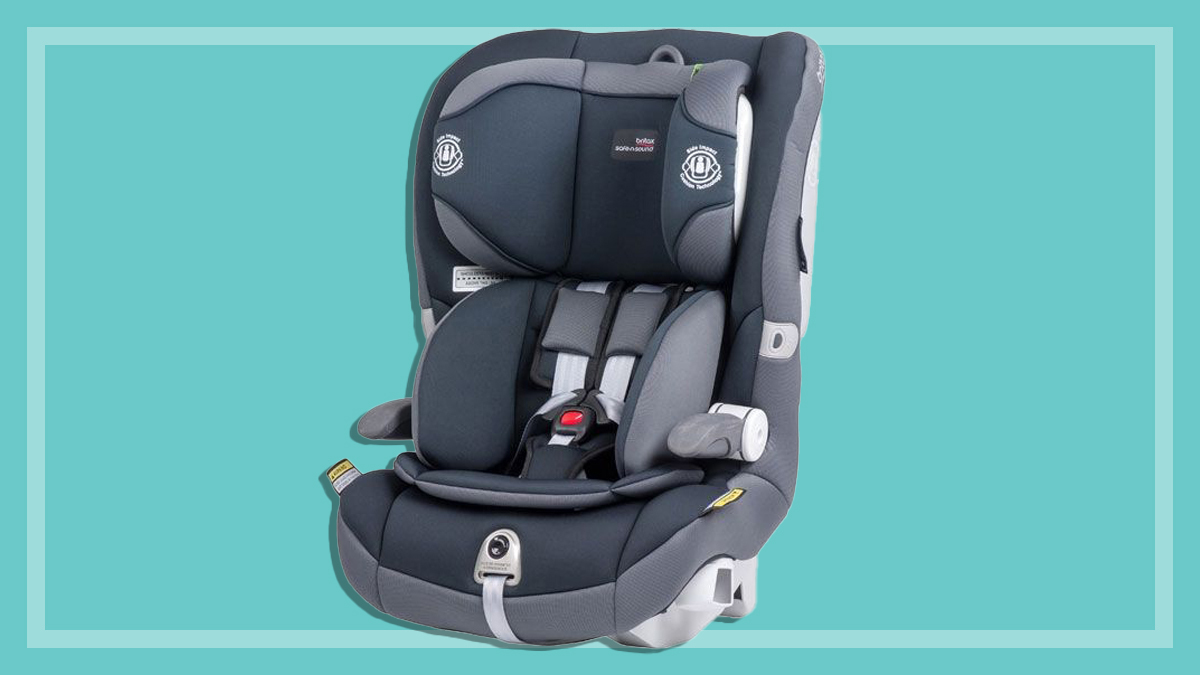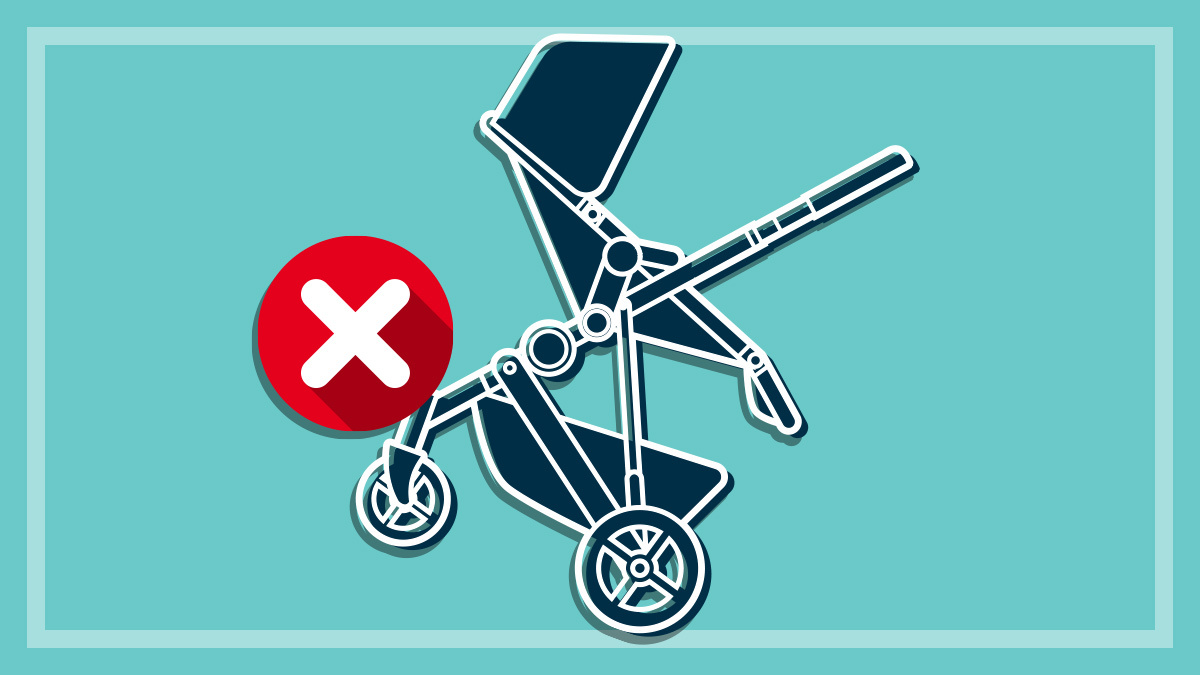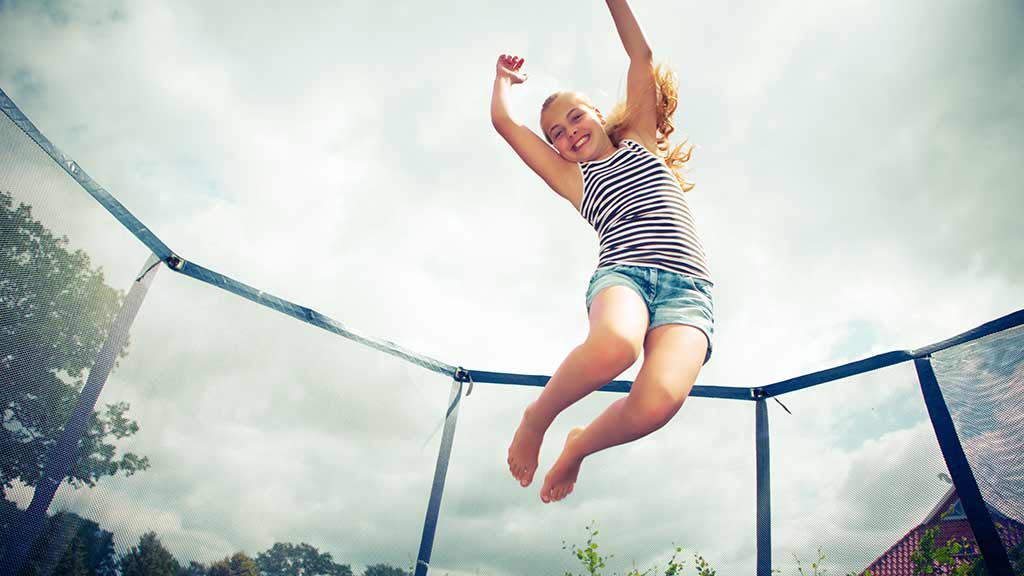Get our independent lab tests, expert reviews and honest advice.
Kimberly-Clark denies claims Huggies Ultra Dry nappies are unsafe
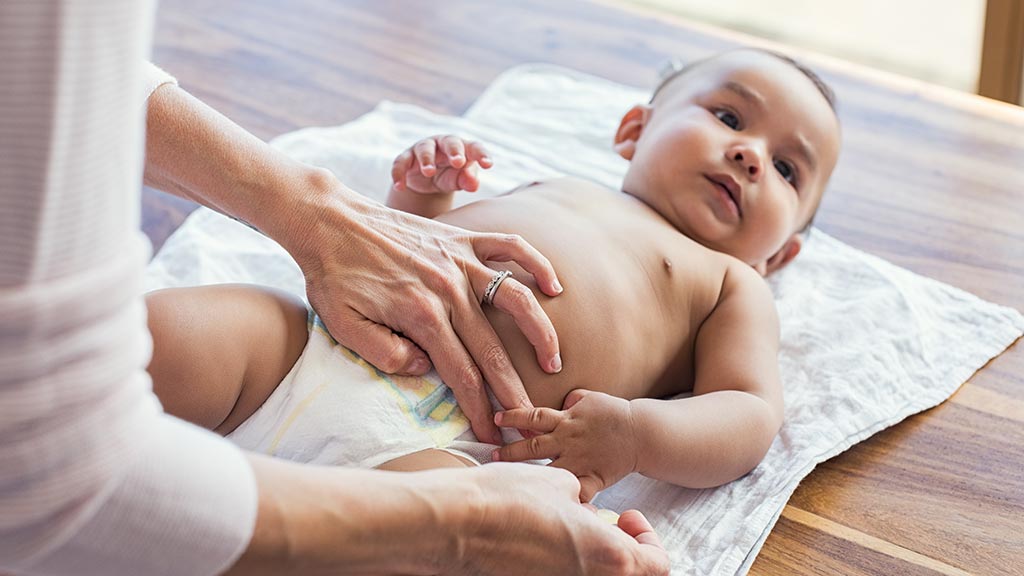
Need to know
- Thousands of parents believe recent batches of Huggies nappies – especially the Ultra Dry range – have caused severe skin problems for their children.
- Manufacturer Kimberly-Clark says it hasn't found any quality issues, but is still investigating.
- In CHOICE tests, the new batch of Huggies Ultra Dry size 3 nappies for boys didn't perform as well as the earlier batch.
On this page:
- Red, raw and inflamed skin
- What Kimberly-Clark says
- Multiple investigations
- Kimberly-Clark declines to share its product safety testing methods
- CHOICE tests Huggies nappies
- Is there a chemical culprit?
- What can consumers do?
- Argument for a general safety provision
It’s been a rough few months for Huggies – rougher still for the customers who have condemned the nappy giant.
More than 2600 parents in Australia are convinced that recent batches of Huggies nappies have caused severe skin irritations on their babies and toddlers, but the multinational manufacturer, Kimberly-Clark, insists its products aren’t the problem.
Although the company has been quick to announce it will make changes to its Ultra Dry range following an onslaught of complaints, it says the products on shelves now are safe and that nappy rash is a common condition.
But for many parents, the wounds on their kids don’t look common.
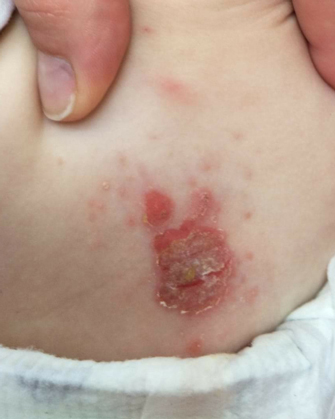
Red, raw and inflamed skin
Amber, a nurse from Cairns, took her seven-month-old daughter to the doctor after days of attempting to heal a blistered rash that flared up while the baby was wearing a new Huggies Ultra Dry nappy.
She tried creams, breast milk, hourly changes, nappy-free time and soap-free baths. None of it worked.
Amber took her doctor’s suggestion of switching nappy brands, “just in case”.
“She never had a rash before and hasn’t had a rash since I stopped using Huggies,” Amber says. “That says to me, well, something in the nappy must have been doing it.”
It’s a view shared by thousands of other parents, who’ve formed a Facebook group where they’ve posted a long trail of photos of red, raw and inflamed baby skin.
They want the recent Huggies products recalled, with most of the attention targeted at its Ultra Dry nappies, newly embellished with Minnie and Mickey Mouse cartoons.
They claim the nappies are different beyond the replacement of the previous Winnie the Pooh cartoons.
Courtney Lummis says she had to keep her daughter home from daycare for a week while her rash healed. She claims the skin was broken and bleeding after a second night in a new Huggies Ultra Dry nappy.
“I had never experienced anything more than a heat rash on her before. I was so shocked,” Courtney says.
“I posted my daughter’s experience and photos of her injuries to [Huggies’] Facebook page mainly out of great concern that the nappies were still available and injuring other children,” she says. “Huggies gave a generic response… They then deleted my post.”
She never had a rash before and hasn’t had a rash since I stopped using Huggies
The brand is replying to customer complaints on their Facebook page, saying: “The health of your baby is our number one priority and we take product safety and quality matters very seriously”.
But it’s done little to quell a sense of injustice among parents.
Skin reactions can flare up when nappies aren’t changed often enough, but the packaging on Huggies nappies claim they provide “Overnight leakage protection for up to 12 hours”.
The parents we contacted for this story said they changed their kids’ nappies sooner than that; most said they changed them at least every few hours.
What Kimberly-Clark says
Along with rashes and sores, parents have said their recently bought Huggies are thinner and leakier than previous batches.
Kimberly-Clark maintains there have been no changes to its Huggies Ultra Dry range that would account for the skin reactions. They say the Ultra Dry products have remained the same – apart from a switch in outer covers from Winnie the Pooh to Mickey and Minnie Mouse.
However, our own lab tests showed differences in performance between the old batch and new.
As for Huggies Ultimate nappies, which have also been the subject of complaints, the company says the range was updated in October 2018 with a new ‘drytouch layer’. We’re not sure how useful this drytouch layer is, though – our tests comparing it to the previous batch show little change in performance.
Multiple investigations

Kimberly-Clark says it hasn’t discovered any quality issues with its most recent batch of Huggies.
The Queensland Office of Fair Trading (QOFT) also led a product safety investigation into Huggies nappies.
In a statement released on 5 April, the QOFT acting executive director, Craig Turner, says the investigation, which included independent testing, found no evidence of any systemic safety issues in relation to the design or manufacture of Huggies Ultra Dry nappies that posed an unacceptable risk to consumers.
“The nappies were within safe tolerances for all the aspects they were tested for, including known allergens, pH values, absorbency and breathability,” he says.
There are no mandatory standards that apply to the supply of nappies in Australia, but the QOFT says it relied on international safety standards to assess the nappies.
Kimberly-Clark declines to share its product safety testing methods
In response to complaints, Kimberly-Clark says it’s been reviewing its manufacturing processes, assessing products returned by parents, cross-checking data from suppliers, and running in-home trials.
But when asked to explain the testing methods it was using to make sure its products were safe following complaints, the company declined to do so.
“But we can confirm that results so far support our confidence in the performance and safety of the current Huggies Ultra Dry nappy,” Julia Schembri, Kimberly-Clark’s head of public affairs, tells CHOICE.
When we asked how many complaints about skin problems Kimberly-Clark received after the Ultra Dry cover images changed in late October, the company declined to provide any figures.
As for complaints about quality, Kimberly-Clark would only say the number “represents approximately 0.2% of total Huggies Ultra Dry nappy packs sold”.
CHOICE tests Huggies nappies
We recently ran our own construction and design tests in the CHOICE labs on old and new batches of Huggies Ultra Dry and Ultimate products sent in by parents.
Huggies Ultra Dry comparison
- Earlier batches of Huggies Ultra Dry size 3 nappies for boys scored 86% for overall performance in our tests, while the new batch of the same product scored 73% – still a good score.
- The biggest difference was in the leakage test, where the old nappies scored 100% (no leakage) and the new ones scored 70% (light leakage).
- We were unable to score results of the Huggies Ultra Dry products for girls as we were sent size 5 nappies, which we haven’t tested before, so we didn’t have enough data to make the call on whether they performed well or not.
In response to our test results, Schembri says “your findings are inconsistent with our comparative analysis” and offered to “meet and share further information with CHOICE”. However, she wouldn’t provide details about Kimberly-Clark’s testing over the phone or by email.
Huggies Ultimate Newborn comparison
- The old and new batches of Ultimate Newborn nappies performed almost the same.
Is there a chemical culprit?
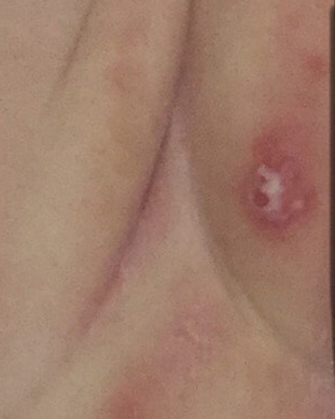
We spoke with scientists from the National Measurement Institute and the University of Queensland, who explained that nappies – along with everything else – contain lots of chemicals. Lab results would be unlikely to provide a conclusive link between a specific chemical and a specific skin reaction.
It’s possible that Huggies Ultra Dry nappies contain chemicals other than the ones tested for by the QOFT that could cause or worsen skin reactions.
There’s a plethora of chemicals that are potential irritants, and an increase in leakiness in the Ultra Dry nappies leaves open the question of whether anything else changed – including their chemical make-up.
In January, news broke that a range of chemicals were found at unhealthy levels in nappies by the health and safety agency ANSES in France – where Huggies is the third-most popular brand.
ANSES found fragrances Lilial and Lyral, polycyclic aromatic hydrocarbons, PCB-126, DL-PCBs, dioxins and furans at levels that exceeded health thresholds.
The QOFT did not answer our question on whether these chemicals were tested for in its investigation into Huggies Ultra Dry nappies.
“We do not intentionally add those trace chemicals as identified in the ANSES study to our baby and children’s products,” Kimberly-Clark told us in a statement.
“Kimberly-Clark maintains a Restricted Substances List to ensure a consistent, global approach to safeguarding our consumers.”
Chemicals a concern to expert
Professor Peter Sly, director of the Children’s Health and Environment Program at the University of Queensland, says the chemicals found at risky levels in the French nappies are “nasties” that have no business coming into contact with skin.
“If the skin is being irritated by chemicals in the nappy, that will make the nappy rash from the ammonia in the urine worse, and if the skin is being irritated by the ammonia in the urine, it will make the absorption of the chemicals worse,” he says. “It’s a double-edged sword.”
He says the chemicals in the French nappies are endocrine disruptors and neurotoxicants that, once absorbed through a baby’s skin, increase their risk of obesity, premature puberty, and behavioural disorders associated with ADHD.
“The health effects we’re only just starting to understand, but we do know that exposures early in life … are much more likely to cause problems,” Sly says.
More evidence needed that nappies are at fault
Professor Paul Colditz, the president of the Royal Australasian College of Physicians’ Paediatrics and Child Health Division, says that urine is the main chemical irritant for a child wearing a nappy, and has the potential to cause a burn.
“Sometimes they can look really nasty, almost like a hot water scald,” he says, adding that rashes are more likely if the urine is concentrated, which can happen if a baby is sick or dehydrated.
The longer urine stays in contact with the skin once it’s irritated, the more likely it is to get worse.
Colditz says that as long as we have nappies, nappy rash or chemical burns caused by urine will inevitably occur in some babies.
“The question, before we start down the legislative approach, is whether the small number of babies who do have severe reactions are actually due to the manufactured nappies,” he says.
What can consumers do?
In their responses to our queries about Huggies complaints, the ACCC, NSW Fair Trading and Consumer Affairs Victoria – which generally don’t release details about individual brands unless they’ve been given a public warning or are being prosecuted – referred us to existing consumer protections.
Under Australian Consumer Law, if a product is hazardous, faulty or of unacceptable quality, customers are entitled to a remedy from the manufacturer. But that remedy could simply mean a replacement or a refund, not pulling the product off the shelves.
Parents who complained to Huggies received gift cards in the post, but many were dissatisfied by the response.
“We will continue to fight for our babies, for what is right, and for the nappies to be recalled,” wrote one affected parent, Loretta, in the parents’ recall group on Facebook.
In the meantime, parents can add their name to our call for a general safety provision in Australia.
Argument for a general safety provision
In February, two weeks after the French government demanded that nappy manufacturers implement measures to limit children’s exposure to chemicals, the industry promised to eliminate the fragrance allergens in three months and to scrutinise their supply chains for possible contamination.
When Professor Sly was asked if Australia should follow the French example, he said: “Absolutely.”
“Our laws don’t require a demonstration that chemical components of products, whether they be designs for wearing or consumption, are safe before they’re on the market.”
Australia, unlike Europe and the UK, doesn’t have general product safety laws.
Our laws don’t require a demonstration that chemical components of products … are safe before they’re on the market
Sly says consumers shouldn’t have to prove that a product is causing a problem; the manufacturer should have to prove that it’s safe before it can sell it.
“It’s not possible for a family to make an informed decision about what they expose themselves or their children to in products that they buy because the labelling laws don’t require the manufacturers to put on the label what’s in it,” he says.
Perhaps the figure with the most to teach us about erring on the side of caution comes from the world of the much-mourned former face of Huggies Ultra Dry, Winnie the Pooh. “They’re funny things, accidents,” warns his melancholy friend, Eeyore. “You never have them till you’re having them.”




